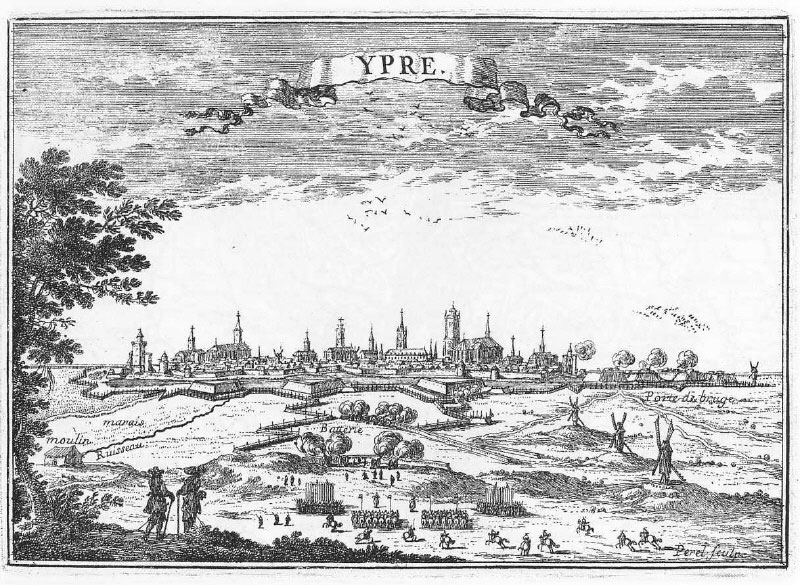Aristocracy of Norway refers to modern and medieval aristocracy in Norway. Additionally, there have been economical, political, and military élites that—relating to the main lines of Norway's history—are generally accepted as nominal predecessors of the aforementioned. Since the 16th century, modern aristocracy is known as nobility.
The very first aristocracy in today's Norway appeared during the Bronze Age. This bronze aristocracy consisted of several regional élites, whose earliest known existence dates to 1500 BC. Via similar structures in the Iron Age, these entities would reappear as petty kingdoms before and during the Age of Vikings. Beside a chieftain or petty king, each kingdom had its own aristocracy.
Between 872 and 1050, during the so-called unification process, the first national aristocracy began to develop. Regional monarchs and aristocrats who recognised King Harald I as their high king, would normally receive vassalage titles like Earl. Those who refused were defeated or chose to migrate to Iceland, establishing an aristocratic, clan-ruled state there.



